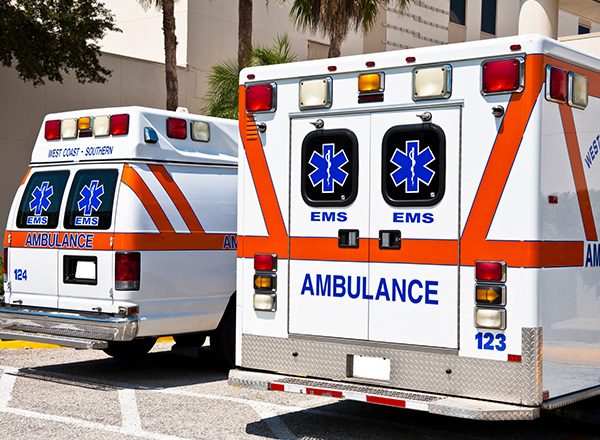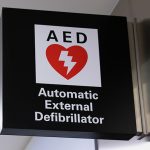More than 350,000 sudden cardiac arrests occur annually in the United States. Survival remains low, averaging around 10%, but the odds of survival dramatically increase with fast action. The American Heart Association uses the term "Chain of Survival" to describe the actions that should occur in response to an out-of-hospital cardiac arrest to provide the best care to the person.
The chain includes the following links:
- Recognition of cardiac arrest and activation of emergency response
- Early cardiopulmonary resuscitation (CPR)
- Rapid defibrillation
- Advanced resuscitation by emergency medical services (EMS)
- Post-cardiac arrest care
- Recovery
Each link is critical not only to improve the chances of survival but also to try to protect the cardiac arrest victim's neurological and physical functions. Let's look closer at link four of the chain: advanced resuscitation by EMS personnel.
The first three links in the Out-of-Hospital Chain of Survival focus on bystander actions. Each of those links greatly influences the effect that EMS can have to save a life and preserve function. Bystanders should call 911 immediately and begin to administer chest compressions if they know how. Using an automated external defibrillator (AED) can also improve a person's chances of surviving sudden cardiac arrest.
At link four, the EMS team arrives and begins advanced resuscitation protocols. A bystander may be performing CPR or defibrillation, and the EMS personnel will take over. The members of an EMS team will work together to perform chest compressions, which minimizes interruptions. Others may perform airway management or IV placement.
EMS responders provide advanced resuscitation before transporting a patient to the hospital, or they may do it on the way. This may include:
- High-quality CPR. This is one of the most important acts performed by EMS. American Heart Association guidelines recommend performing continuous chest compressions with few interruptions. Compressions should be done at a rate of 100 per minute. Rescuers may need to switch off performing compressions every two minutes to avoid fatigue.
- AED use by bystanders is associated with improved survival outcomes. Emergency responders may also perform defibrillation in between chest compressions.
- Airway management. Chest compressions come first, and opening the airway to ensure adequate oxygen intake is next. EMS may initiate bag-valve-mask ventilation. EMS or first responders with training in endotracheal tube intubation may perform this more advanced airway management technique. The intubation should be performed without interruption of chest compressions.
- Monitoring and IV placement. The EMS team performs electrocardiographic monitoring to detect the heart rhythm. The EMS team may also place an IV line to establish access.
- Some patients may receive fluids, epinephrine or other medications depending on the situation. However, no medications have been shown to definitively improve survival or neurological outcomes. In specific cases, certain medications can restore spontaneous circulation. Epinephrine is the most commonly used medication for sudden cardiac arrest, but amiodarone, vasopressin, atropine, and other medications may be given depending on the patient's response to treatment or underlying conditions.
EMS team members will continue caring for the person as they take them to the hospital.
Continuing Links in the Chain of Survival
EMS personnel receive training in advanced life support, high-quality CPR, and other treatments for responding to cardiac arrest. In fact, responding to people with sudden cardiac arrest is one of the main reasons EMS systems were developed. The effectiveness of this link relies heavily on the first one in the chain when a bystander calls for emergency services.
In general, EMS response time averages between 7 and 14 minutes. Bystander help in performing CPR and defibrillation before EMS arrives greatly improves a person's odds of survival until hospital discharge. Without bystander CPR or defibrillation, survival rates are extremely low. Only about 40% of people who have a sudden cardiac arrest outside of the hospital receive immediate care before EMS arrives.
Link four is another critical part of the Chain of Survival for cardiac arrest. It signals the shift from a public response to healthcare professionals taking over treatment. Continued CPR training and public awareness of sudden cardiac arrest are critical to keeping the chain successfully working to save lives.









